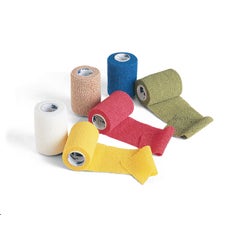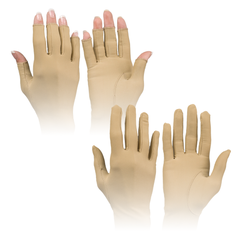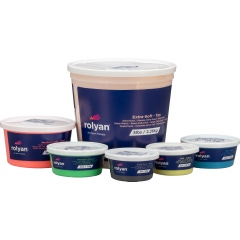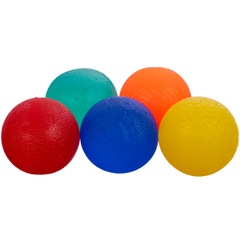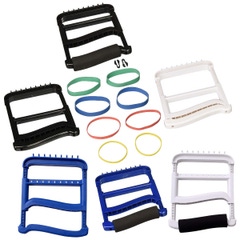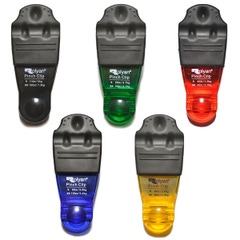In the hand, the flexor tendon attaches muscles in the forearm to the bones in the fingers. When the muscles contract, tendons bend the fingers. The most common cause of a flexor tendon injury is a deep cut to the palm or fingers. Repair of the damaged tendons is necessary to restore normal movement in the wrist and hand.
Before moving forward with treatment, understand the different options provided to you.
Signs of Flexor Tendon Injury
Each finger has two flexor tendons – one bends the middle joint, the other bends both the middle and fingertip joints. The thumb has one flexor tendon to bend the tip. The flexor tendons in the arm, wrist, and hand are also within proximity to nerves and arteries.
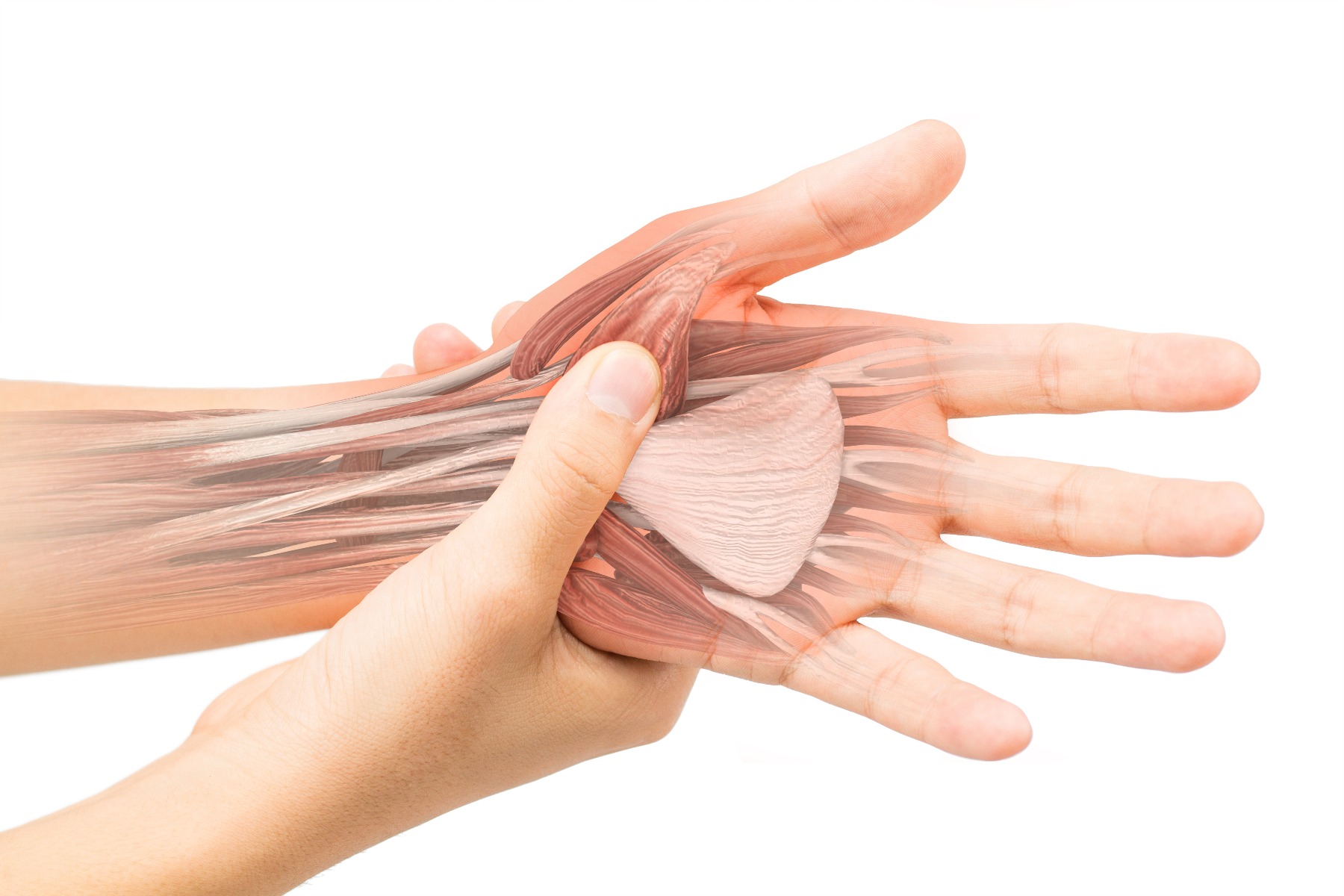
A cut to the forearm, hand, or wrist can result in injury to the flexor tendons. Even with a partial tendon tear, it may still be possible to partially bend your finger, but not completely. When a flexor tendon injury happens, you might experience the inability to bend the fingers, thumb, or wrist.
Sometimes a flexor tendon injury can occur if the tendon end pulls away from the bone during sports. The tendon can rupture when stubbing a finger, such as when trying to catch a ball. It can also rupture during activities that involve lots of strenuous gripping, such as rock climbing. Certain health conditions, such as rheumatoid arthritis, may cause the tendons to become inflamed and more susceptible to tearing.
For more information on flexor tendon injury and repair, watch this video.
Here’s What Happens Next
Flexor tendon injuries do not heal by themselves and require surgery or hand rehabilitation to help put the injured tendon back in its normal position. Applying ice or compression to the hand is the first step after a tendon injury. Next, elevate your hand to control the swelling. Raise your hand on a pillow when sitting or sleeping and hold it at shoulder level when walking for one to two weeks until the swelling reduces.
Minor tears may be treated with a splint prior to surgery to help stabilize the joint. The Dorsal Blocking Orthosis, which is used to limit the amount of active and passive finger extension, helps prevent the tendon from rupturing following surgical repair. Exact wrist and finger joint placement may differ among different splints. The splint should be worn at all times until the tendon is completely healed. Your hand therapist will form the splint and inform you when it is safe to remove the splint.
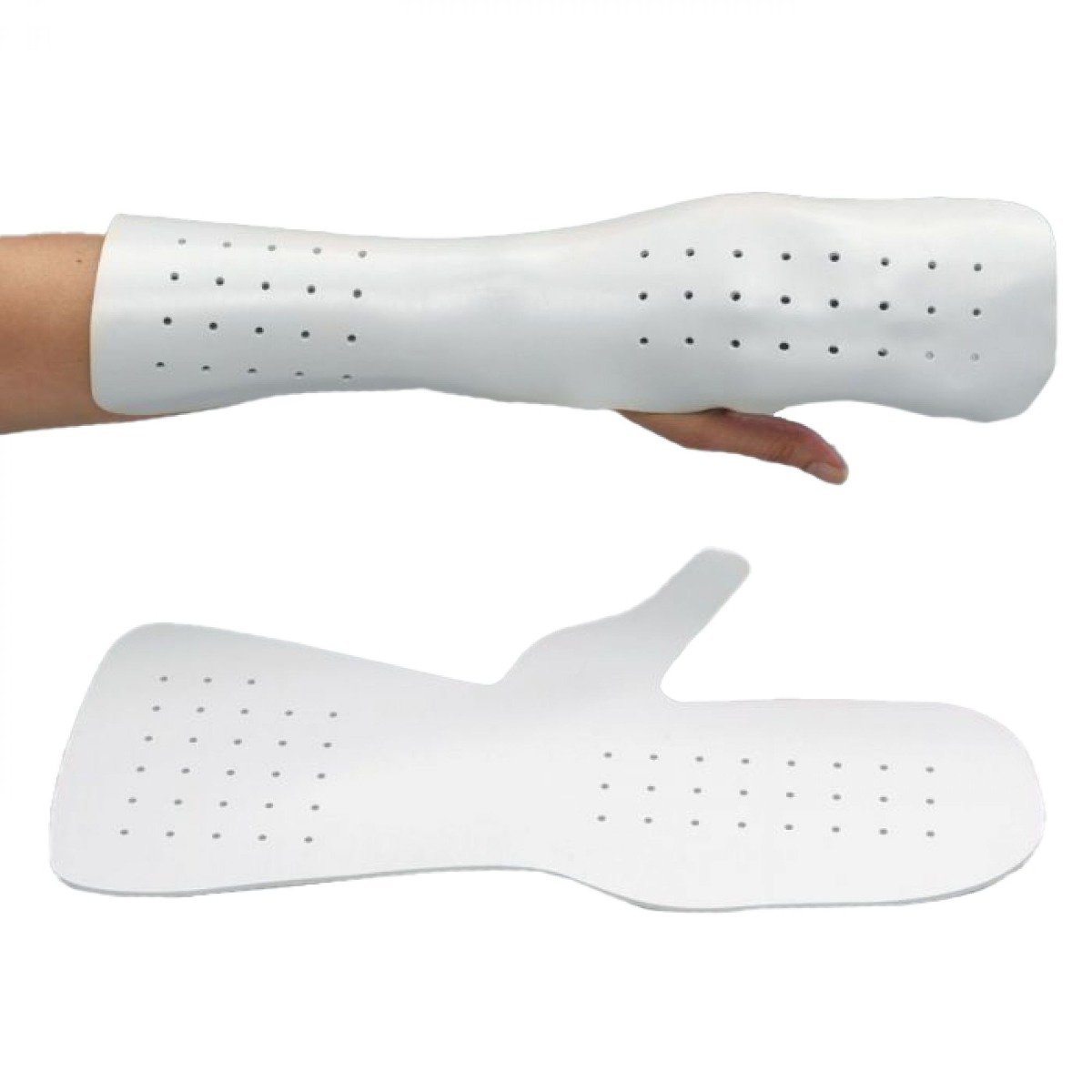
The most effective treatment for a flexor tendon injury is to surgically repair the tendon(s) by sewing the cut ends together. Your hand surgeon will locate the ends of the tendon and stitch them back together. If the nerve has also been cut, it will be repaired at the same time. Apply light compression with Coban wrap or compression sleeves to the digits, hand, and forearm to help control edema or scarring post-surgery.
Buy Now!
After surgery, you will not be allowed to use your hand for any activities, such as gripping or lifting, until at least 8 weeks after your surgery. Your tendon will take up to 12 weeks to completely heal and it is important to follow guidelines to avoid rupturing your tendon. After repair, it's common for some fingers to not regain full movement.
The Road to Recovery
When surgery is required, hand therapy may be used after the procedure to protect you and to aid in recovery. The goal of hand therapy and rehabilitation is to restore hand function while protecting the repaired tendon. Your hand therapist will provide you with safe exercises that promote tendon gliding while avoiding risk of tendon rupture, as well as other treatment techniques to control scarring. More difficult exercises require you to grasp, hold, or lift objects to improve hand and finger strength.
The flexor tendon is considered to have sufficient tensile strength to tolerate most functional activities at 12 weeks after repair. The first 3-4 weeks post-injury/surgery, rehabilitation consists of passive flexion. The advancement from passive flexion to active flexion depends on each individual’s tissue response to injury and surgery.
Exercise is important to allow your tendon to heal. It will also help reduce stiffness and swelling in your hand and fingers. Too much or too little exercise is dangerous with a risk of rupture or adhesions to your repaired tendons if not followed precisely. As you progress in recovery, your hand therapist will tell you when to move onto more challenging exercises.
In addition to your rehabilitation program, we offer several hand strengthening products to use further into your recovery. Flexor tendon damage can result in loss of gripping capabilities. Tools such as therapy putty and squeeze balls can help build strength and restore grip function.
Improve your grip with these tools!
References
- Anonymous. (2020). Flexor Tendon Injuries. American Academy of Orthopedic Surgeons. Retrieved from https://bit.ly/3rWyi9A
- Anonymous. (2020). Flexor and Extensor Tendon Laceration. Midwest Orthopedics at Rush. Retrieved from https://bit.ly/3hOTycF
- Knight, John. (2019). Flexor Tendon Injuries. The Hand and Wrist Institute. Retrieved from https://bit.ly/2MFtIwk
Medical Disclaimer: The information provided on this site, including text, graphics, images and other material, are for informational purposes only and are not intended to substitute for professional medical advice, diagnosis or treatment. Always seek the advice of your physician or other healthcare professional with any questions or concerns you may have regarding your condition.








 France
France Australia
Australia
